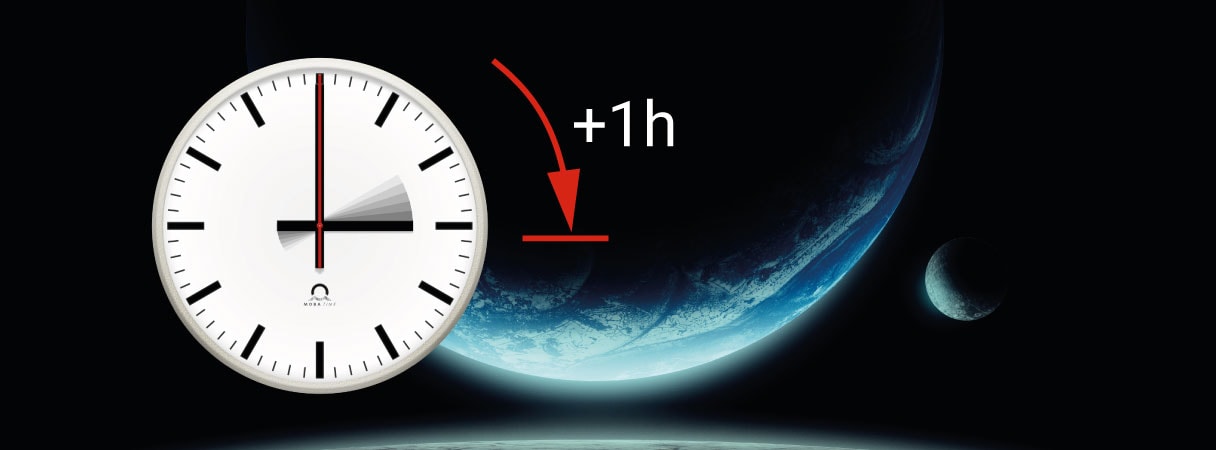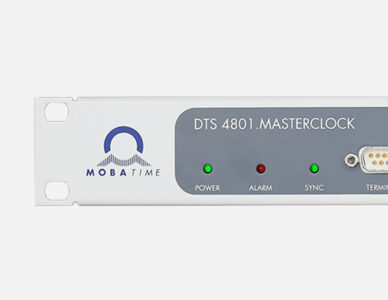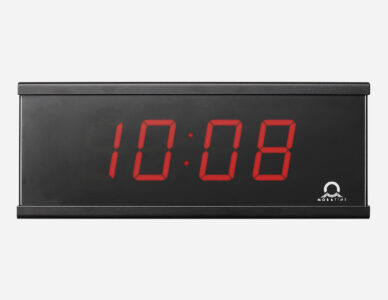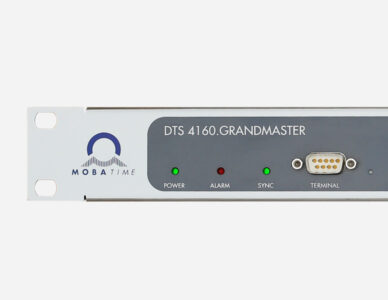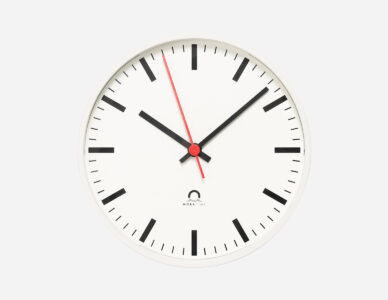Time Change: Why it is made and how to remember it easily
🕑 Are you aware, Daylight Saving Time (DST) changeover is scheduled on 31.03.2024, 02:00 am UTC.
Note: for locations in the United States and Canada, the changeover took place on 10 March 2024.
With MOBATIME Synchronized Solutions, adjusting automatically the system clocks & display clocks, to match the changing periods of daylight during the year, is no any problem. Moreover, with our solutions, you can take advantage of Energy Conservation & Increased Productivity.
What is Daylight Saving Time?
Daylight Saving Time (DST) is the practice of moving the clocks forward one hour from Standard Time during the summer months and changing them back again in the fall. The general idea is that this allows us all to use natural daylight better: moving the clocks forward one hour in the spring grants us more daylight during summer evenings, while moving clocks back one hour in the fall grants us more daylight during winter mornings.
💡 Memory aid for the time change - so you always know if it's set correctly
You put the garden furniture outside in March and bring it back inside in October. This helps you to remember that the clock goes forward in March (the time "jumps" forward) and is set back in October.
🧐...and here's another one for computer scientists or number freaks: you might be able to do something with the RS-232 interface, which becomes the 2-3-2 rule in connection with the time changeover: In spring, the time is changed from 2 o'clock to 3 o'clock. In autumn from 3 o'clock to 2 o'clock.
Why do the clocks change?
The main idea behind daylight saving time is to make better use of daylight in the evening hours and to reduce energy consumption by extending the daylight hours. By moving the clocks forward one hour in March, we shift one hour of daylight from the morning to the evening, which supposedly allows both energy savings and more daylight for evening activities. Conversely, in November, the clocks are set back by one hour to return to standard time, spreading daylight back into the morning hours.
Increase of a heart attack
Due to the body's internal clock (circadian rhythm), which can be disrupted by the sudden shift in time, leading to changes in blood pressure, heart rate, and other physiological processes, however overall risk of heart attack associated with DST is relatively small, and the effects are usually short-lived as per a study conducted years ago.
COUNT ON THE BEST.
This biannual event could add significant maintenance costs if you have clocks located throughout your building and are mounted in hard-to-reach areas. Thanks to our precise and reliable clock systems, this task is eliminated. Our master clocks or time servers, which are synchronized by GNSS systems, take over this task for you and automatically change the time of your clocks and IT networks.
We have clever solutions available if you are interested in trouble-free and maintenance-free timekeeping to increase your productivity and reduce costs simultaneously.
